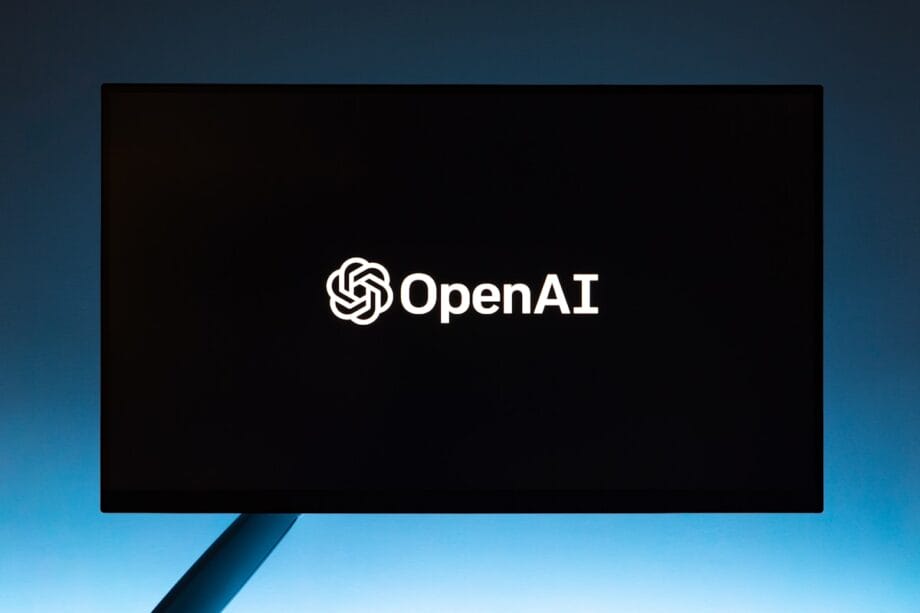The Divergent Trajectories of AI Development: A US-China Perspective
The phrase “US built chatbots while China built cash bots” succinctly captures the evolving narrative in the realm of artificial intelligence, reflecting the contrasting methodologies employed by the two global superpowers.
In the United States, the emphasis lies predominantly on the creation of advanced conversational AI models that prioritize natural language processing and user interaction. A prime illustration of this trend is OpenAI’s ChatGPT, which debuted in November 2022 and subsequently garnered over 100 million users within just two months, as reported by Reuters.
This inclination is rooted in the innovative culture of Silicon Valley, where generative AI thrives, with Google unveiling its Gemini model in December 2023 to enhance multimodal AI capabilities.
Conversely, China’s AI ecosystem has gravitated toward practical applications that veer towards revenue generation, commonly referred to as “cash bots” due to their seamless integration within e-commerce and fintech domains.
A notable example is Alibaba’s Taobao platform, which introduced AI-driven recommendation mechanisms as early as 2017, resulting in a sales conversion surge of up to 20%, as highlighted in a McKinsey study from 2021.
This strategy is fueled by China’s expansive consumer market, where AI tools streamline transactions, personalize shopping experiences, and provide automated customer support, directly contributing to substantial profit margins.
The disparity was further accentuated in a viral tweet from October 2025 by God of Prompt on X (formerly Twitter), elucidating how US firms invest billions in research for chat-based interfaces, while Chinese tech giants such as Tencent and ByteDance embed AI functionalities into platforms like WeChat and Douyin, facilitating monetized features including live-streaming e-commerce.
In 2023, this generated a staggering 500 billion yuan in gross merchandise value, as per Statista data. This contrast underscores broader industry paradigms: the US faces ongoing ethical debates and regulatory oversight under frameworks such as the Biden Administration’s AI Executive Order from October 2023, while China expedites deployment through state-backed initiatives like the New Generation Artificial Intelligence Development Plan, initiated in 2017, with aspirations for global leadership by 2030.
These developments elucidate how AI is not merely a technological contest but a strategic endeavor shaped by economic priorities. The US is nurturing open-source collaborations through platforms like Hugging Face, contrasting with China’s focus on scalable, profit-centric bots integrated into super applications.
Market Dynamics and Implications
From a business standpoint, the divide between US and Chinese AI presents distinct market opportunities and ramifications for global enterprises. In the United States, the burgeoning chatbot sector has catalyzed an influx of AI startups, with venture capital funding in generative AI soaring to $22.7 billion in 2023, according to PitchBook.
Companies can leverage this momentum by developing B2B solutions designed to enhance customer service, exemplified by Salesforce’s Einstein AI, which achieved a 15% increase in lead conversion rates as showcased in a Forrester case study from 2024.
However, monetization challenges persist, as many US chatbots depend on subscription models—ChatGPT Plus has been priced at $20 per month since its 2023 update—facing fierce competition from free alternatives.
In contrast, China’s cash bots epitomize efficient monetization methodologies, wherein AI powers affiliate marketing and targeted advertisements, contributing to Alibaba’s 8% year-over-year revenue growth in fiscal 2024, per the company’s earnings report.
Enterprises looking to penetrate the Chinese market can explore collaborations aimed at AI-enhanced supply chain management; for instance, JD.com’s utilization of AI for logistics optimization resulted in a remarkable 30% reduction in delivery times in 2022, as per a Deloitte analysis.
The competitive landscape showcases distinct players: in the US, key entities like OpenAI and Anthropic stand out, while in China, Baidu’s Ernie Bot has integrated with over 10,000 enterprises by mid-2024, leading to a 260% increase in its cloud revenue, according to Baidu’s Q2 2024 financial disclosures.
Regulatory complexities further add layers: American firms must navigate export controls on AI chips set forth by the Commerce Department in October 2022, while Chinese companies must comply with data localization mandates under the 2021 Data Security Law.
Ethical considerations include ensuring bias-free AI in US chatbots, guided by best practices from the NIST AI Risk Management Framework released in January 2023, while China focuses on promoting fair e-commerce through directives from the Cyberspace Administration.
In summary, this division catalyzes opportunities for transnational collaborations, particularly as US firms license technology to Chinese platforms for hybrid models that juxtapose conversational adeptness with monetization efficacy, potentially unraveling new revenue streams in burgeoning markets.
Technical Insights and Future Directions
Diving deeper into the technical intricacies, US chatbots like Grok from xAI, launched in November 2023, harness large language models trained on extensive datasets for real-time reasoning.
Yet, the implementation faces significant hurdles, including exorbitant computational expenses—training costs for models like GPT-4 have been estimated to exceed $100 million, according to a 2023 analysis by Semianalysis.

Mitigating solutions encompass edge computing and advanced fine-tuning techniques, as exemplified by Meta’s Llama 3, launched in April 2024, which achieved a 25% reduction in inference latency.
On the other hand, China’s cash bots predominantly utilize reinforcement learning for optimization. Pinduoduo’s AI algorithms, for instance, have engineered personalized promotions that led to a 27% increase in user engagement in 2023, as documented by App Annie.
However, technical challenges in China revolve around ensuring data privacy compliance, addressed via federated learning methodologies within Huawei’s MindSpore framework, revised in 2022.
Looking toward the horizon, future implications suggest a potential convergence. Gartner forecasts that by 2027, 70% of enterprises might amalgamate hybrid AI systems, integrating US-inspired generative tools with China-centric monetization bots, thus fostering innovation across diverse sectors like retail and finance.
Competitive advantages will depend on advancements in multimodal AI; for example, China’s SenseTime reported a 36% revenue increase in AI software in 2023, according to its annual report.
Ethical best practices are anticipated to evolve, placing a premium on transparent AI audits, while regulatory harmonization may emerge from international collaborative efforts such as the G7 AI Hiroshima Process initiated in May 2023.
Businesses should prioritize scalable implementations, including API integrations for cash bots, to adeptly navigate challenges like talent shortages—China trained over 1.8 million AI professionals by 2023, reported to Tsinghua University—thereby ensuring sustainable growth in this dynamic landscape.
Source link: Blockchain.news.






